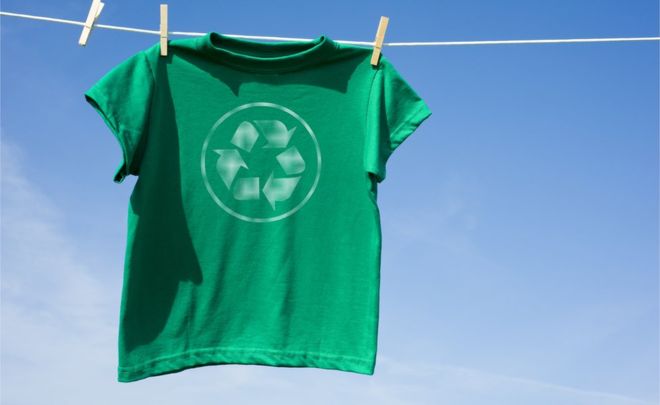Landfill was the final destination of an estimated 235 million items of clothing in 2017 according to research by Sainsbury’s.
Globally, fashion is responsible for 92 million tonnes of waste dumped in landfills each year, and this is projected to rise to 148 million by 2030, as reported by the Copenhagen Fashion Summit.
Despite this trend, Waste and Resources Action Programme’s (Wrap’s) Textiles Market Situation report estimates that 650,000 tonnes of clothing was collected for re-use and recycling in 2014.
But while many fashion brands – including H&M and Primark – have started garment take-back scheme and with about 323,000 tonnes of second-hand clothing going through charity shops in 2016/17, only a fraction of the collected is being recycled because of the lack of large-scale recycling plants and a fragmented supply chain.
To help reuse and recycle, designers and manufacturers need to start thinking about product composition, durability, and ease of recycling at the start of the process. Soon they might have to, as the government considers an extended producer responsibility (EPR) scheme for textiles, in line with a ‘polluter pays’ principle.
Sort it out
Clothing collectors get all sorts of household textile items – including curtains, duvet covers, tablecloths and tea towels – but the used clothing element is most valuable, says Alan Wheeler, director at the Textile Recycling Association.
He says typically, donations are made to charity shops and clothing collection banks, as well as to charitable or local authority door-to-door and kerbside collections. Of all collected textiles, approximately 50 per cent are reused and 50 per cent are recycled , says Wheeler.
The textiles are manually sorted – either in the UK or abroad – and graded according to their condition and fibre types. ‘Collectors and sorters are most interested in the reusable element – the recycling element has virtually no value. These items are sold on at cost price if they’re lucky,’ says Wheeler.
The UK is one of the top collectors of used textiles in the world, gathering around 16kg per head of the population per year, says Wheeler, ‘but demand for the recycling grade is just about enough to cope with current levels of supply’.
Research and Recycling
Currently, the only economically viable way of recycling textiles is through a mechanical process, where textiles are cut, shredded or pulled before being re-purposed for insulation, soundproofing or padding.
Wheeler says fibre-to-fibre recycling – the process of turning clothing back into clothing – is still in its infancy because mechanical methods shorten fibre length, resulting in inferior quality fabric. These fibres have to be combined with virgin fibres to make new garments.
He says several initiatives have emerged to recycle textiles from materials containing a single fibre, for example polyester, which can be granulated, turning chips, melted and spun into filament fibres.
But it is easier to recycle polyester from polyethylene terephthalate (PET) bottles – which are all the same once the label is removed – than from polyester fleeces, where zips, buttons and other features must be detached and dyes extracted. This process, says Wheeler, cannot currently compete with the price of virgin fibres.
To complicate matters, Wheeler says blended materials such as cotton and polyester make up the majority of textiles, and fibres must be separated using a chemical process before they can be recycled.
Taken from: ciwm-journal.co.uk February 2019


